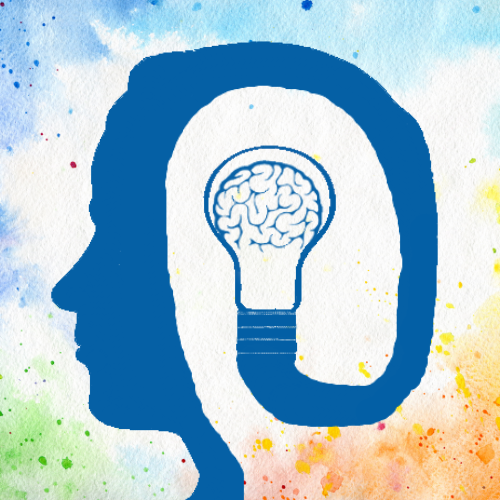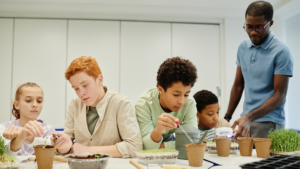
This week I was thrilled to watch my niece of 38 years receive her bachelor’s degree in teaching. A long worked for moment. One she says may not have been possible but for the forced focus of the pandemic. (What better way to learn to hone one’s paper-writing skills than to have months on end with no distractions!) But she is entering the field at a time when many of my close friends – former “teachers of the year” – are “retiring early” due to the increasingly fraught reality of teaching in today’s environment. Their burnout is real. So is their search for renewal.
What do I wish for my niece as she moves from being a provisional teacher during the pandemic to a fully credentialed educator navigating the classroom of today? My answer came easily: Happiness.
“Would you rather be Happy? Or Special?” This rather simple question was put to us a few days earlier at my grad school reunion. Before the closing keynote, we were asked to give a show of hands. 15, 30, 50 years on from our various graduation dates, the audience overwhelmingly voted for “Happy.” But why is this so hard for driven people, asked our keynoter, Dr. Arthur Brooks, a professor at the Kennedy School of Government and author of From Strength to Strength: Finding Success, Happiness, and Deep Purpose in the Second Half of Life. He shared a story of how he, personally, was led to this question several years ago when experiencing burnout while being recognized for his incredible professional achievements. (His wife basically said, “You’re a researcher! Figure it out!!”)
So he turned to the brain science.

As a proponent of how understanding a young person’s brain – from early childhood through adolescence – can help us have a deeper understanding of how learning and development happen, I shouldn’t have been surprised. “Development happens” even into adulthood. I’d pondered this deeply related to my own parents’ elder years, but hadn’t really thought about how it related to my friends and colleagues of the same age cohort.
In his pithy summary of a vast amount of research in this area, Professor Brooks shared that he learned about two waves of brain development relevant for adults. The first, up to about the 40s (apparently 39 is a particularly significant age for culminating achievements) is the “fluid” intelligence curve, full of innovative capacity.
Then comes the second wave – the “crystallized” intelligence curve – characterized by seeing the patterns of things, recognizing concepts, making connections. Getting onto this “wisdom” curve is apparently key for long-term happiness, especially for high-achieving “strivers.”
Although, in general, people tend to get happier between ages 50 and 70, at around 70 there is a split. Some keep trending upwards while others take a dramatic downturn. The difference? Those who continued towards happiness have moved from the “fluid” to “crystallized” curve. Those who don’t make this shift, lamenting the loss of what they could once do, tend to have greater dissatisfaction and trend downwards.
I am vastly oversimplifying his extremely cogent top notes (see, for example, the art and science of happiness) but have been challenged to think about how all of us – young people, those working directly with young people, and those working with and on behalf of young people – realize that development is ongoing and complex. That our brains are fascinating and ever malleable processors of our world and experience. That burnout is real, but so is renewal and that there are concrete steps we can take to care for our own physical, cognitive, and emotional well-being while we care for others. And that our spaces, places, and systems of supporting young people need to be designed in ways that support the ongoing development and changing life needs of the adults that work with them.
Brain science for mid-life. A roadmap to happiness while making a difference.



No comment yet, add your voice below!